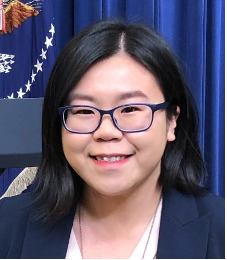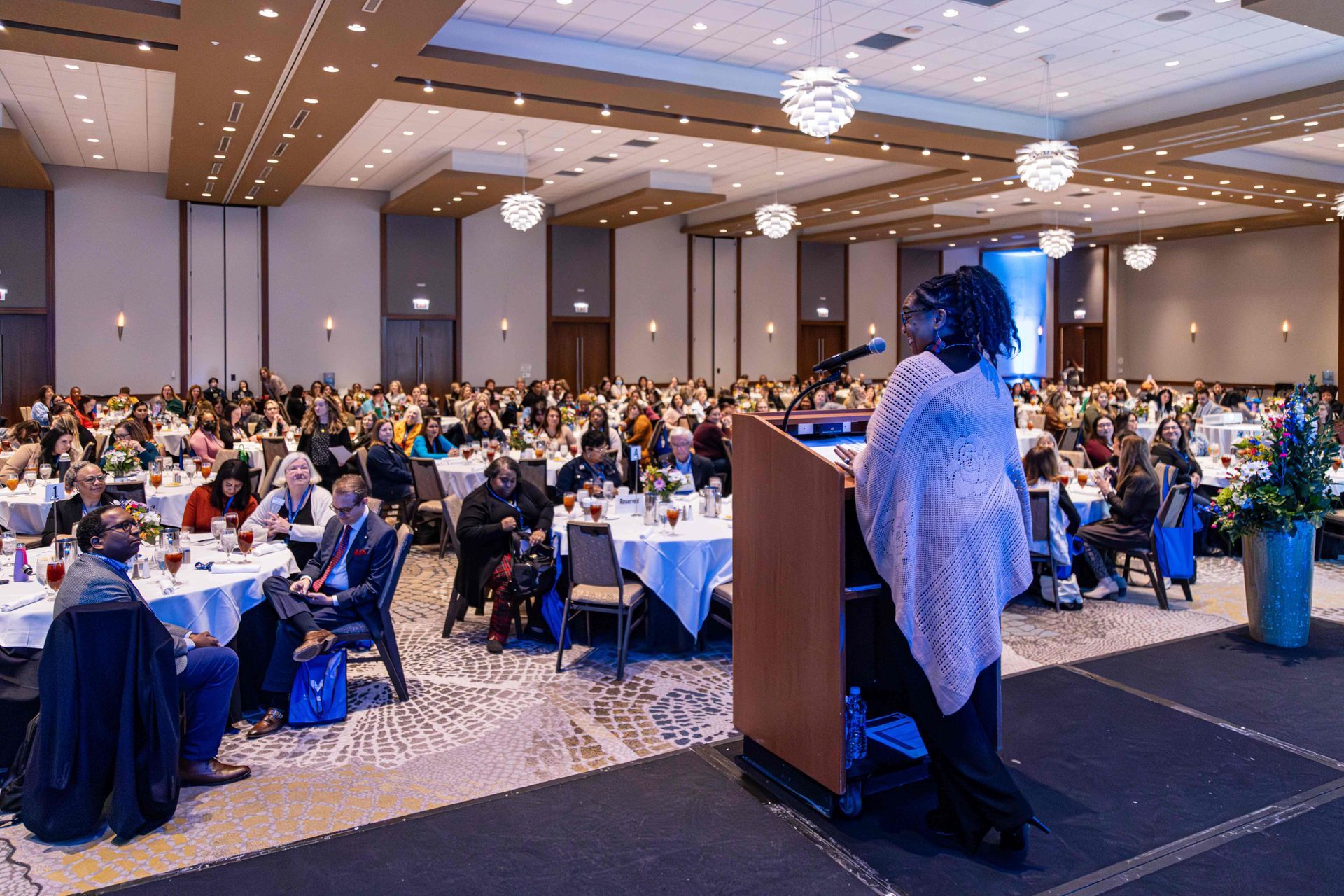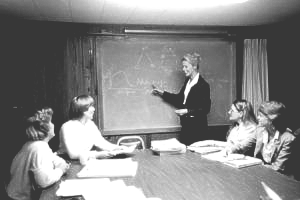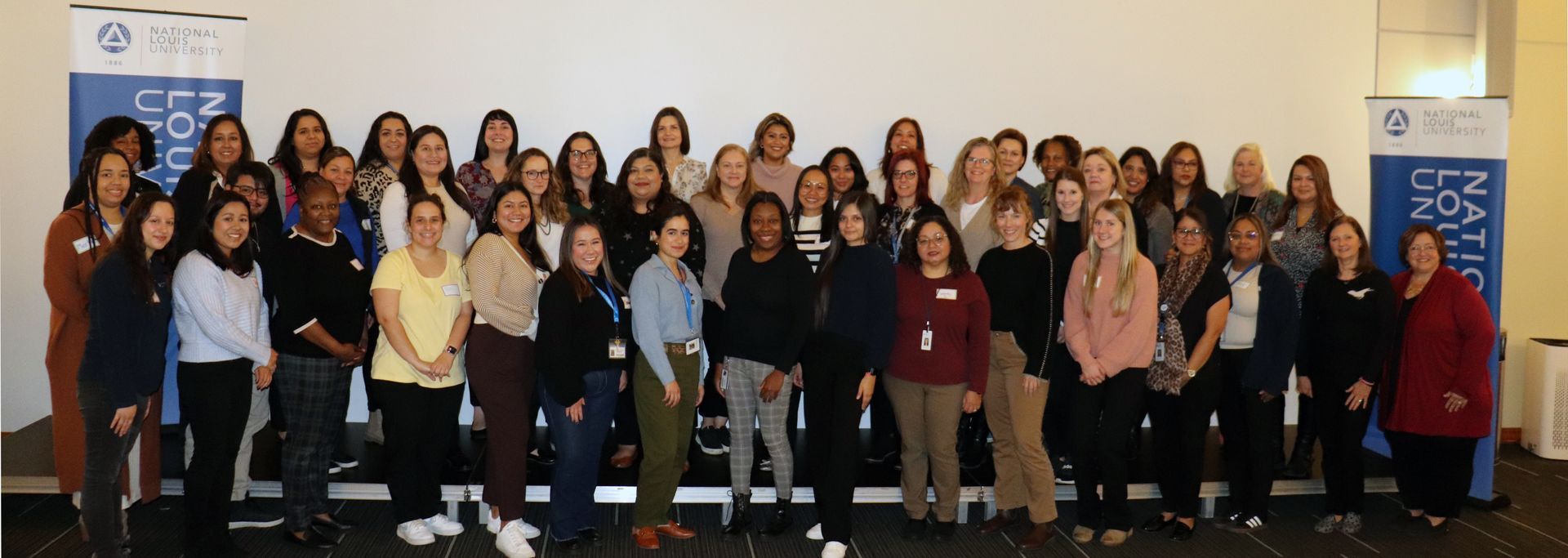BY | December 28, 2021
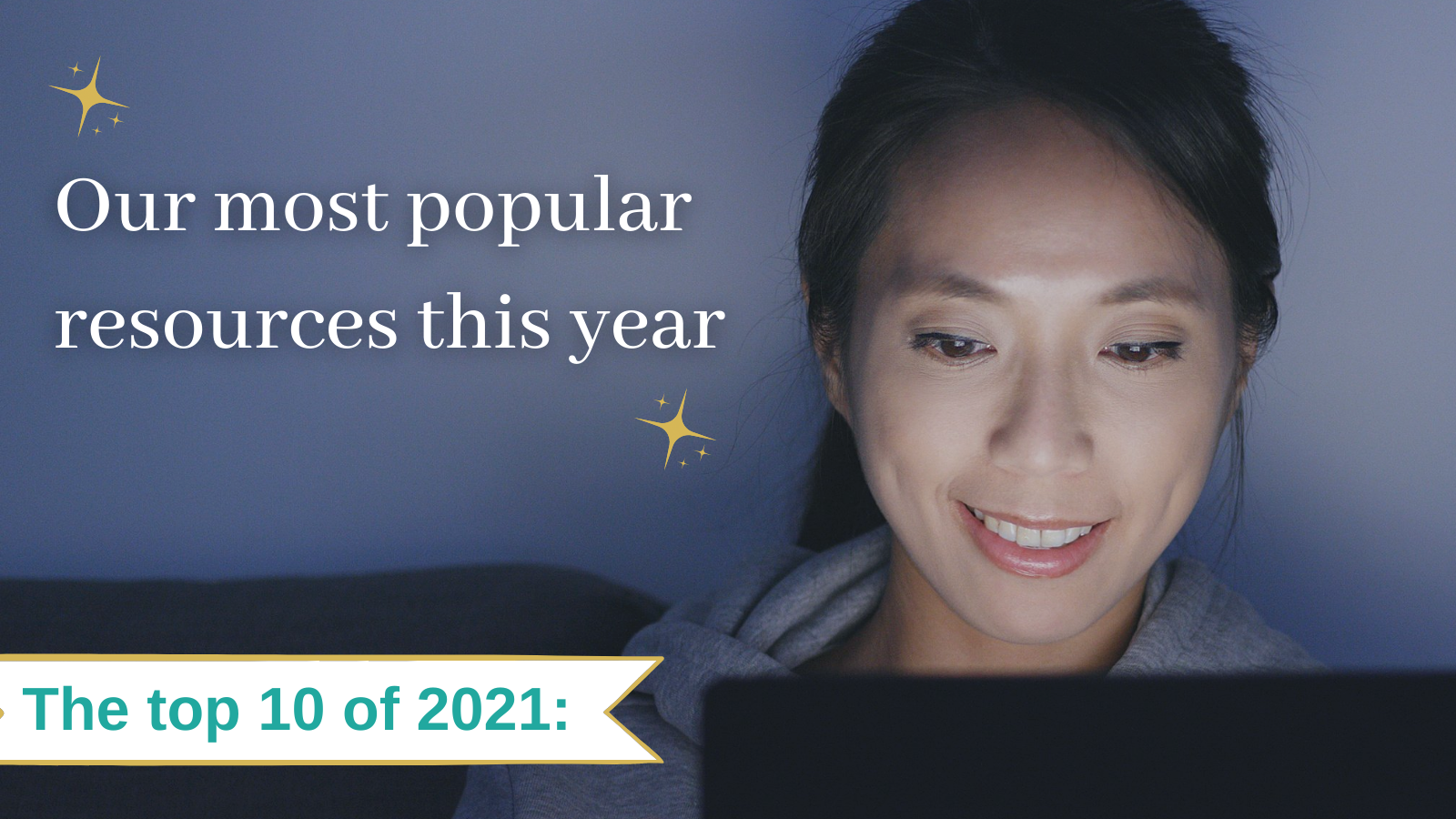
As 2021 comes to a close, we are reflecting on our team’s outstanding research and efforts from the past 12 months. These are the McCormick Center’s top 10 most viewed resources from this year.
1. My Journey to TEAR Down Implicit Bias Through Embedded Reflective Practices
To achieve transformational change, we must TEAR down our biases by doing the reflective work of facing our T ruths, E valuating our systems, A ligning our behaviors with our beliefs, and developing authentic, collaborative R elationships.
2. A Window on Early Childhood Administrative Practices: 2010-2021
Data collected by the McCormick Center for Early Childhood Leadership since 2011 are examined here to provide the most current picture of the administrative practices of a large, national sample of center-based programs.
3. Effective Online Professional Development for Early Childhood Educators: An Evaluation of the Early Math Training Model
Promoting professional development has become an important focus of early childhood program leadership in continuous quality improvement efforts. However, the opportunities and accessibility of professional development can be limited for many early educators, such as family child care providers and professionals who work in full-year, full-day programs in under-resourced communities (Warner-Richter, Paschall, Tout, & Lowe, 2020).
4. Pride Month: Creating an Inclusive Environment for All Families
In today’s world, parents are bringing up their children within increasingly diverse forms. As early childhood professionals, we understand it is critical to create welcoming and supporting environments that resonate with every family.
5. Closing the Leadership Gap: 2021 Status Update on Early Childhood Program Leadership in the United States
Nationally, early childhood education leaders are working to define the profession and establish a unified professional framework for the workforce.
6. Developing Systems: Creating Efficiencies and Becoming More Effective
The Program Administration Scale (PAS) highlights how important systems are for establishing and sustaining quality. To receive credit for having a system, there must be three components in place: tangible, concrete evidence; involvement of multiple individuals; and a defined process of accountability.
7. Making Connections Through Story: More Than Just Buttons
Storytelling can be a way of building community through sharing something real about ourselves. Listening to one another’s stories can help us to understand differing perspectives, find areas of commonality, and help us move from judgement to empathy.
8. Opportunities for Professional Growth and Family Engagement During Hispanic Heritage Month and Beyond
During Hispanic Heritage Month, early childhood program administrators and leaders can highlight and celebrate the cultures and contributions of the groups and individuals with whom they work: community members, children and families, and colleagues.
9. Preparing for Possibilities: Taking Action When Faced with Challenge
Those who work in the field of early childhood experienced tremendous stress, adversity, and challenges with the onset of COVID-19 and social justice issues. There are multiple ways to build our resilience to be better able to cope with the stressors that arise in our lives.
10. What Works to Build Skills, Knowledge, and Attitudes for Early Childhood Leadership?
At the McCormick Center for Early Childhood Leadership at National Louis University, we know that leadership matters. Research has shown that the early childhood workforce needs effective leaders, and much attention has been dedicated to building leadership capacity in the field.
Read and download these resources and more in the McCormick Center Resource Library.

